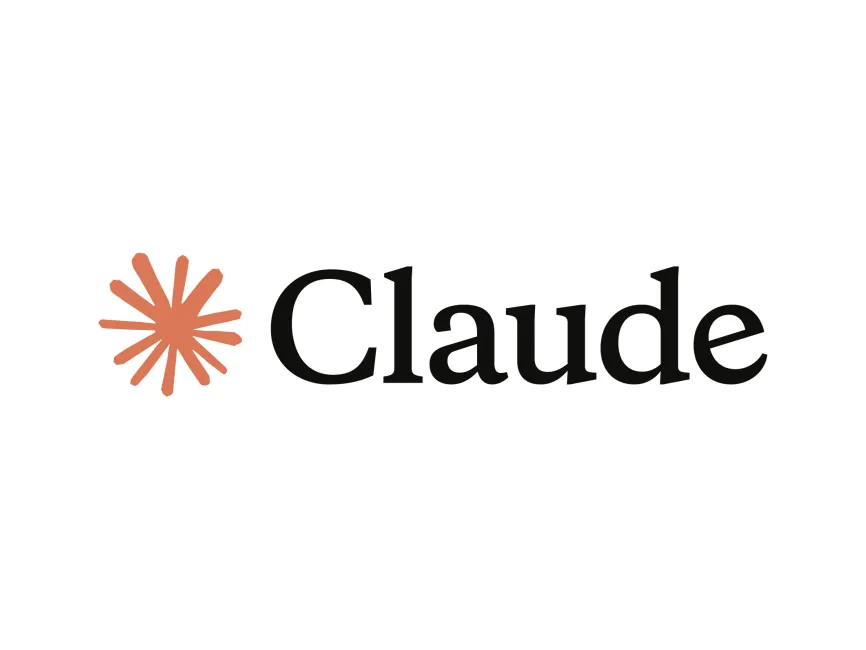
Understanding MCP and Claude AI
Understanding MCP and Claude AI
This article is a simple, down-to-earth guide to help you understand two powerful tools in the world of AI: MCP (Model Context Protocol) and Claude AI. Whether you’re exploring AI integrations or just curious about how these systems work behind the scenes, here’s everything you need to know—without the jargon overload.
What is MCP?
MCP, short for Model Context Protocol, is an open-source protocol built by Anthropic. It acts as a secure bridge that allows AI models (like Claude) to connect with different sources of information—such as files, APIs, or databases.
In other words, MCP is the middleman between your AI assistant and your data. It gives the AI context, tools, and specific prompts so it can help you better, faster, and more securely.
What does an MCP Server do?
Think of an MCP Server as a smart helper that gives your AI assistant access to:
- Files and documents
- Real-time data from APIs or databases
- Custom tools and actions
- Pre-made prompts or templates
These servers are designed to share just what’s needed—and nothing more—keeping everything secure and organized.
How does it work?
MCP uses a client-server setup. The server stays in control of what it shares, and the AI assistant (client) only sees what it’s allowed to. This ensures everything remains private and secure.
- Servers don’t give away API keys
- You can limit what the AI has access to
- Each connection is one-on-one and well-defined
Security and clear boundaries are built into the core of how MCP works.
What is Claude AI?
Claude AI is a family of AI models made by Anthropic. Just like ChatGPT or Google Gemini, Claude can answer questions, summarize documents, help with writing, generate code, and more. The cool part? It’s also multimodal, which means it can handle text, images, and even audio.
The Claude 3 Models
There are three versions of Claude 3, each with its own strengths:
- Claude 3.5 Sonnet: Fast and free. Great for everyday tasks and quick replies.
- Claude 3 Opus: More in-depth. Best for handling complex projects or large documents.
- Claude 3 Haiku: Tiny but mighty. Ideal for fast tasks like customer support or summaries.
What can Claude do?
Claude is like your super smart assistant. Here are just a few things it’s good at:
- Answering questions and helping with research
- Summarizing PDFs or Word docs
- Writing and editing content
- Translating languages
- Creating business plans
- Processing images and audio
- Writing or reviewing code
Whether you’re a student, developer, or business owner, there’s a use case for you.
How Claude Works
Claude is built on the same kind of AI tech as other major models: transformers. But there’s a twist—Claude is guided by something called Constitutional AI.
A Quick Look at Transformers
Here’s the short version of how transformer models work:
- Your message is broken into pieces called tokens (these might be words or parts of words).
- The AI turns those tokens into vectors (think of them as dots in space) to understand meaning.
- It uses self-attention to focus on the most important parts of your message.
- Then, it predicts the most likely response based on all that context.
It doesn’t “know” things like a human. It’s just really good at pattern matching based on its training and your input.
What is Constitutional AI?
Instead of giving the model endless freedom, Anthropic created rules—based on feedback from real people—to guide Claude’s behavior. This makes the model safer, more helpful, and more ethical.
Here are a few examples of these guiding rules:
- Pick the response that’s the least harmful.
- Aim to be as truthful and honest as possible.
- Try to be clear about intentions.
These principles are baked into the training process, making Claude less likely to give risky or misleading answers.
Final Thoughts
If you’re interested in how AI systems like Claude can be enhanced by connecting to your data in secure, smart ways, MCP is something to watch. It gives you control, flexibility, and peace of mind. And with Claude’s thoughtful design and range of capabilities, the combo opens up a lot of creative and productive possibilities.
This guide covered the core ideas—no fancy setup required. Next time, we’ll explore how these tools work together in real projects.